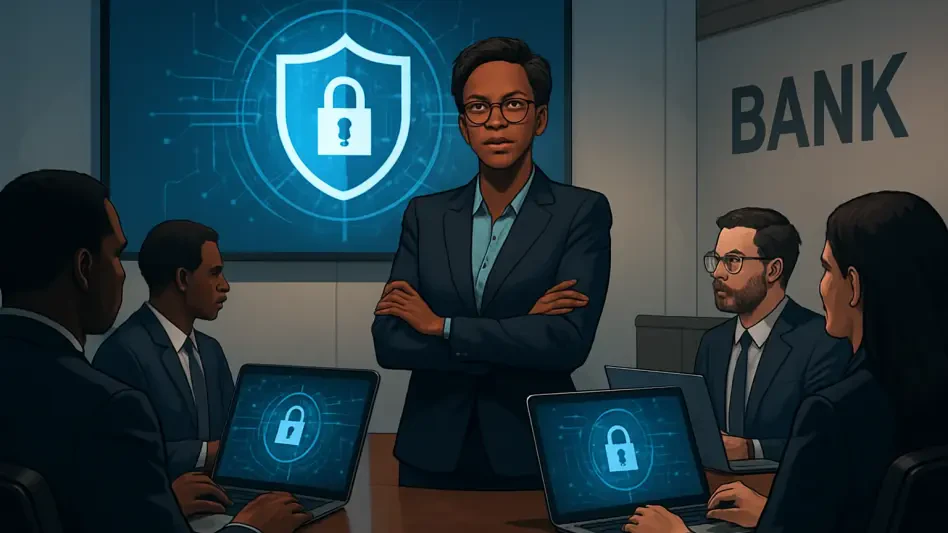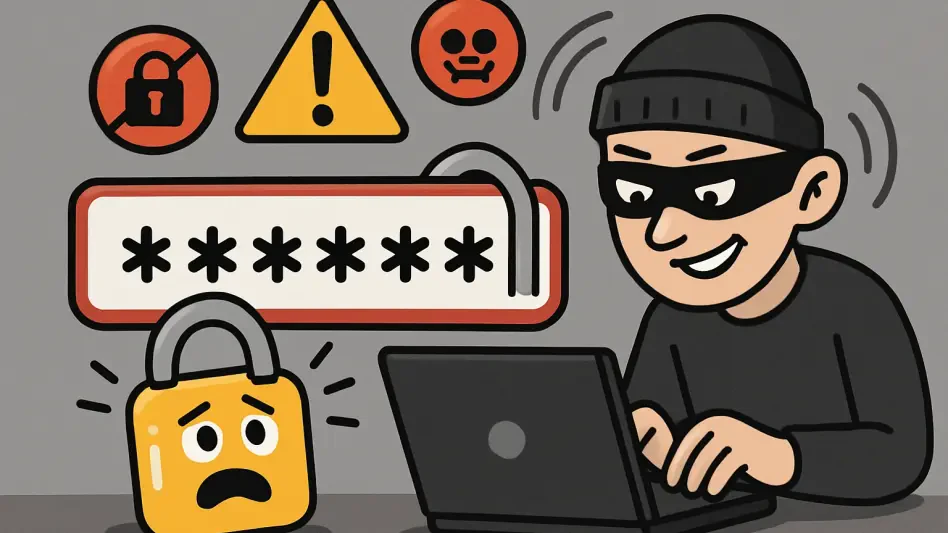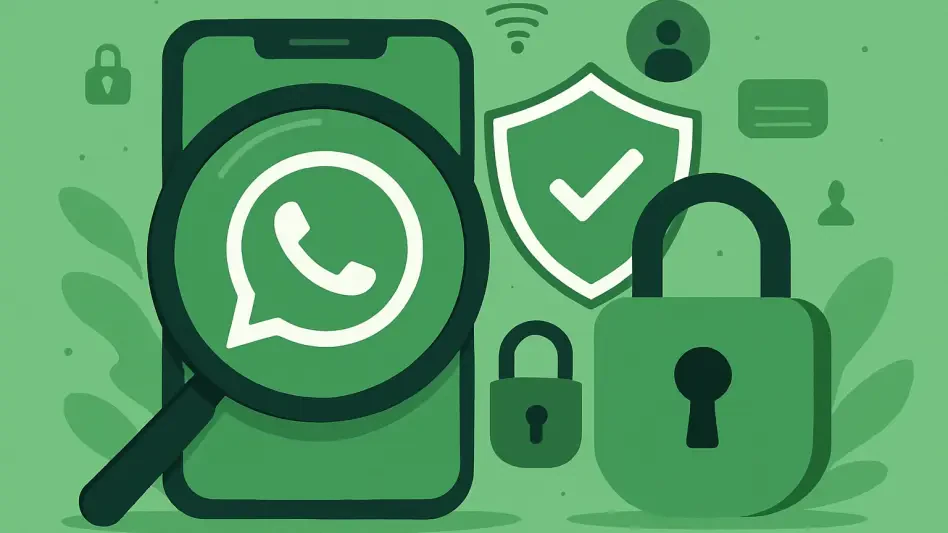The looming crisis of cybersecurity within educational institutions underscores the acute vulnerabilities these establishments face in an increasingly digital landscape. Recent findings from comprehensive studies have laid bare the alarming rise in cyber-attacks targeting schools, colleges, and universities. Such institutions, holding vast amounts of sensitive data, present an attractive target for cybercriminals. A stark illustration of this trend is seen in the latest data showing the pervasive nature of breaches in higher education, reporting that a substantial 97% of these bodies have encountered cyber incidents recently. This marks a noticeable leap from the previous year’s statistics, indicative of the escalating vulnerabilities within the sector. Even primary schools, once regarded as relatively safe, have not been spared, reporting an 11% surge in breaches. This ongoing trend highlights a startling reality—educational institutions are now nearly twice as susceptible to cyber incidents compared to other sectors.
Widening Attack Surface
Educational institutions represent a growing focal point for cyber incursions, as these environments offer cyber adversaries a richly diverse attack surface. An unrelenting wave of breaches has thrown into sharp relief the critical need for stronger protective measures within the industry. A predominant threat vector emerging from the data is phishing attacks, which are almost universally experienced by educational institutions, making them a poignant example of how versatile and persistent cyber threats can be. The ever-evolving sophistication of such phishing attempts is marked by the cunning use of social engineering techniques and impersonation, further amplifying the threat landscape. Reports show impersonation attacks within higher education increased dramatically, serving as a cautionary tale of how adversaries escalate their tactics to manipulate institutional systems deceitfully.
Meanwhile, Denial of Service attacks stand as another growing concern, troubling nearly 40% of educational institutions recently, up from 30% prior. These attacks result in crippling disruptions far beyond just the theft of data. They endure dual ramifications—financial and reputational—rendering operational functions practically paralyzed. In secondary schools, a noted rise in such events, up to 14%, illuminates the vulnerability not just at higher education levels but across various educational strata. It reveals adversaries’ growing penchant for attack method diversification, aiming to exhaust the already strained resources dedicated to defending educational organizations.
Internal Threats and Malware Incidents
Tangibly rising internal threats compound the cybersecurity challenges faced by educational institutions. Now, unauthorized internal access and breaches by staff members have shown a notable upward trajectory. In more specific contexts, further education colleges witness unauthorized access rise significantly. Higher education institutions also grapple with substantial internal breaches, suggesting a latent but critical vulnerability in traditional defense mechanisms. Symptomatically, this problem underscores the critical necessity of incorporating human risk management strategies alongside technological defenses. Compounding these challenges is an appreciable rise in malware incidents, further illuminating the intricate web of challenges that institutions face in safeguarding environments against those sophisticated enough to breach their defenses.
Institutions bearing a strong focus on account takeovers are indicative of the strategic acumen cyber adversaries muster, exposing weak links in standard protective systems. Approximately a fifth of breaches in recent months have been pinned to this vulnerability, with offenders developing tactics that deftly exploit any available weaknesses. This poignant revelation postulates that current defenses inadequately address vulnerabilities, necessitating a progressive approach that encompasses proactive measures tackled through comprehensive training and vigilance enhancement. Human risk management thus emerges as an indispensable pillar in creating invulnerable educational networks.
Strategic Response and Institutional Commitment
Strategically combating the continuously evolving threat landscape facing educational institutions demands a multiplicity of approaches. Implementing robust cybersecurity measures cannot solely reside within the sphere of technological upgrades but extends far into strategic human resource capacitation. These strategies should involve comprehensive security awareness training programs beyond mere compliance, including engaging exercises simulating commonplace threats such as phishing attempts. An embrace of such forward-thinking strategies facilitates measurable change, illuminating how user error minimization becomes critically viable in diminishing threats.
An acceptance of cybersecurity’s pervasive importance at a core level can address the industry’s exigent challenges. It should be seen not merely as a technical difficulty but as an encompassing risk affecting institutional outcomes broadly. Board-level engagement in cybersecurity initiatives will serve as an imperative measure to drive necessary changes aligned with institutional objectives. As underscored in current findings, avoidance of these measures could burden educational organizations through heightened operational, financial, and social costs. Ultimately, institutions face the prospect of either steering their development towards robust, encompassing cybersecurity strategies or risking falling victim to mounting headlines of disastrous breaches.
Future Considerations and Solutions
The impending cybersecurity crisis in educational institutions highlights their acute vulnerabilities in an increasingly digital age. Recent studies reveal a troubling rise in cyber-attacks on schools, colleges, and universities, which store vast amounts of sensitive information, making them appealing targets for cybercriminals. A stark example is seen in data revealing that an overwhelming 97% of higher education institutions have recently faced cyber incidents, a significant jump from last year, exposing the sector’s growing weaknesses. Even elementary schools, once considered relatively safe, are not immune, experiencing an alarming 11% rise in breaches. These findings make it evident that educational institutions are now nearly twice as likely to face cyberattacks compared to other sectors. This trend underscores the urgent need for these establishments to bolster their cybersecurity measures to safeguard sensitive data against the rising threat of cybercrime and ensure a secure digital environment.








